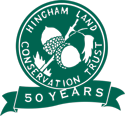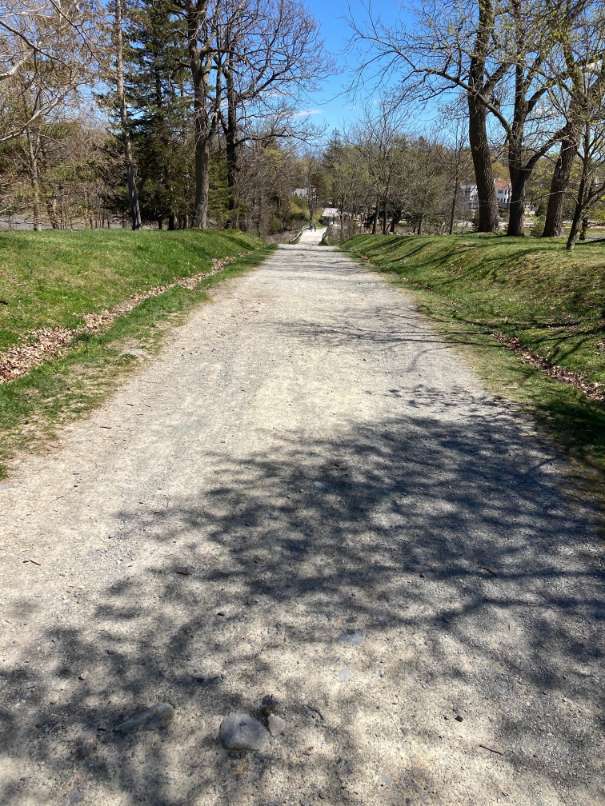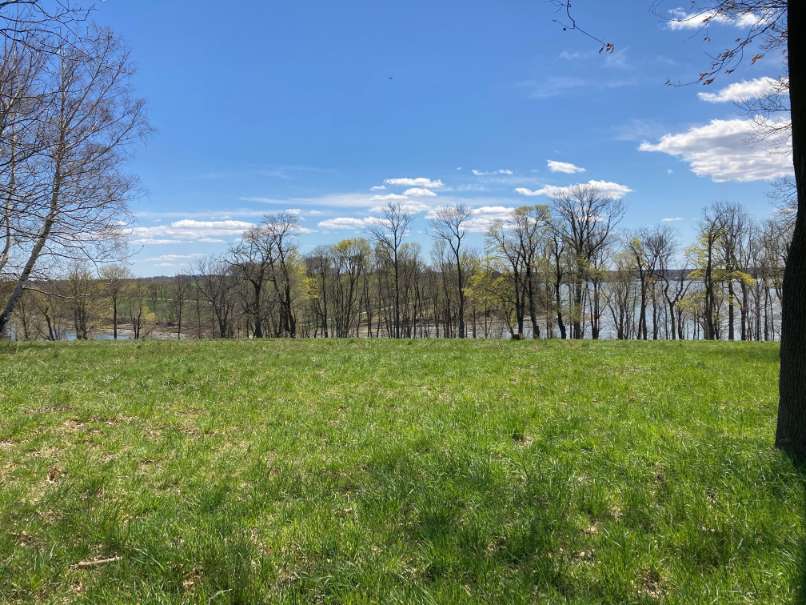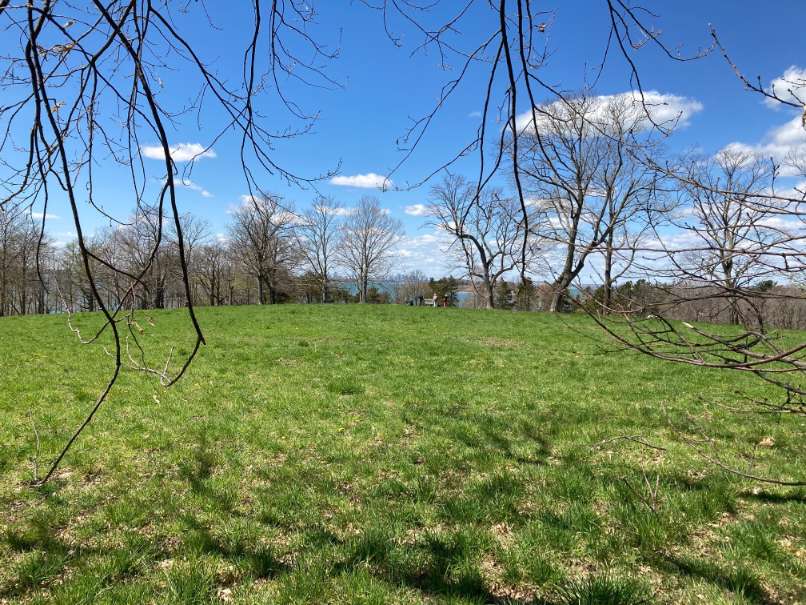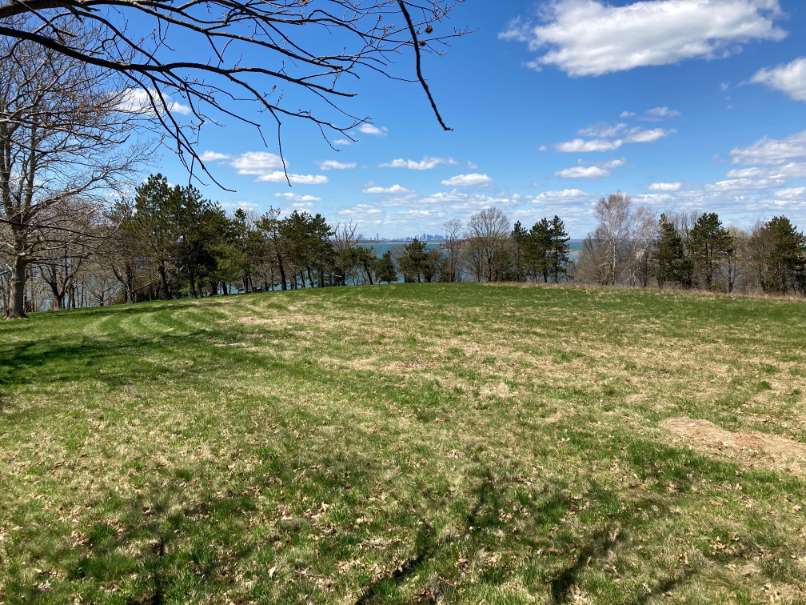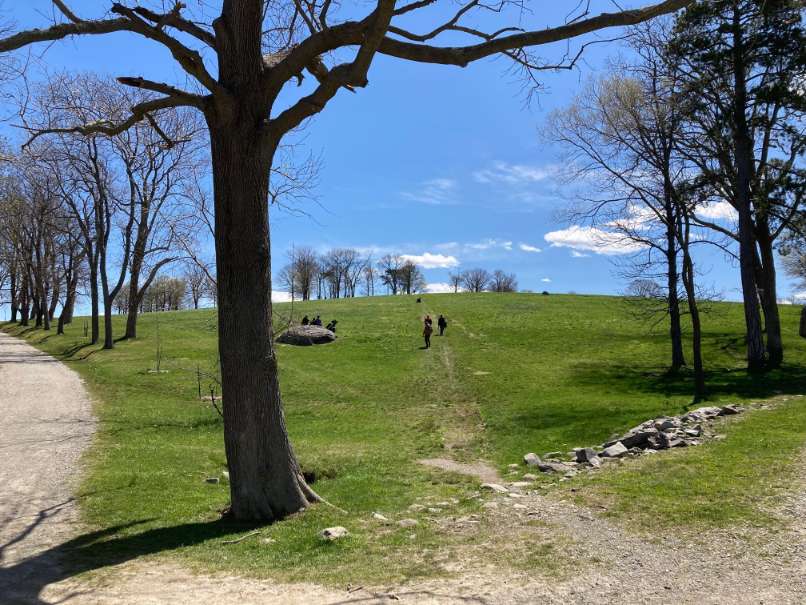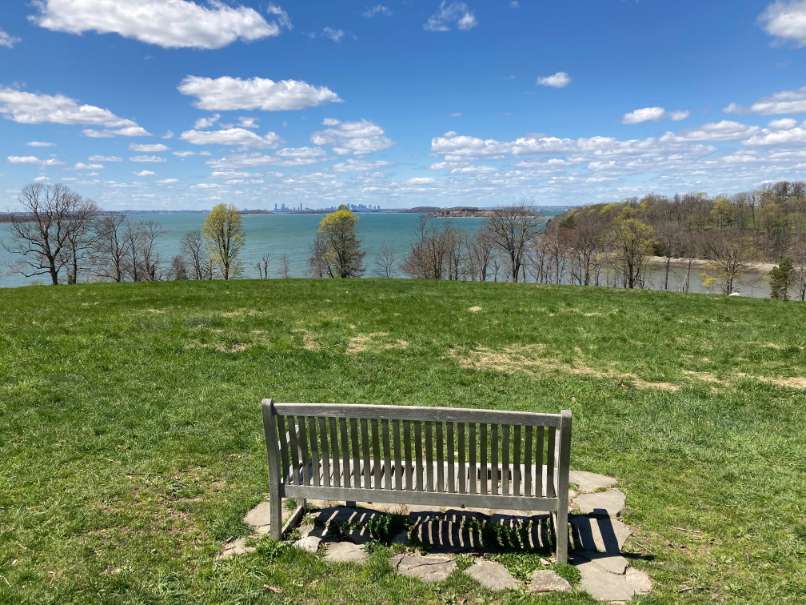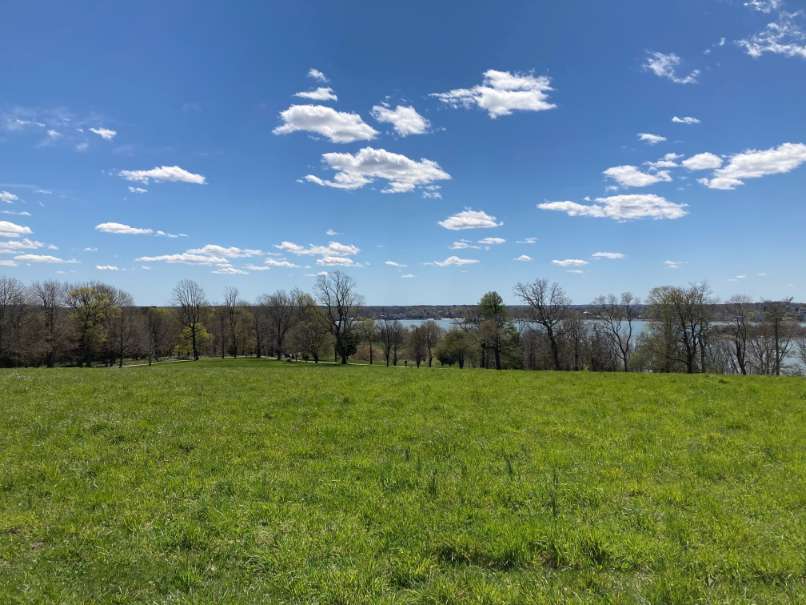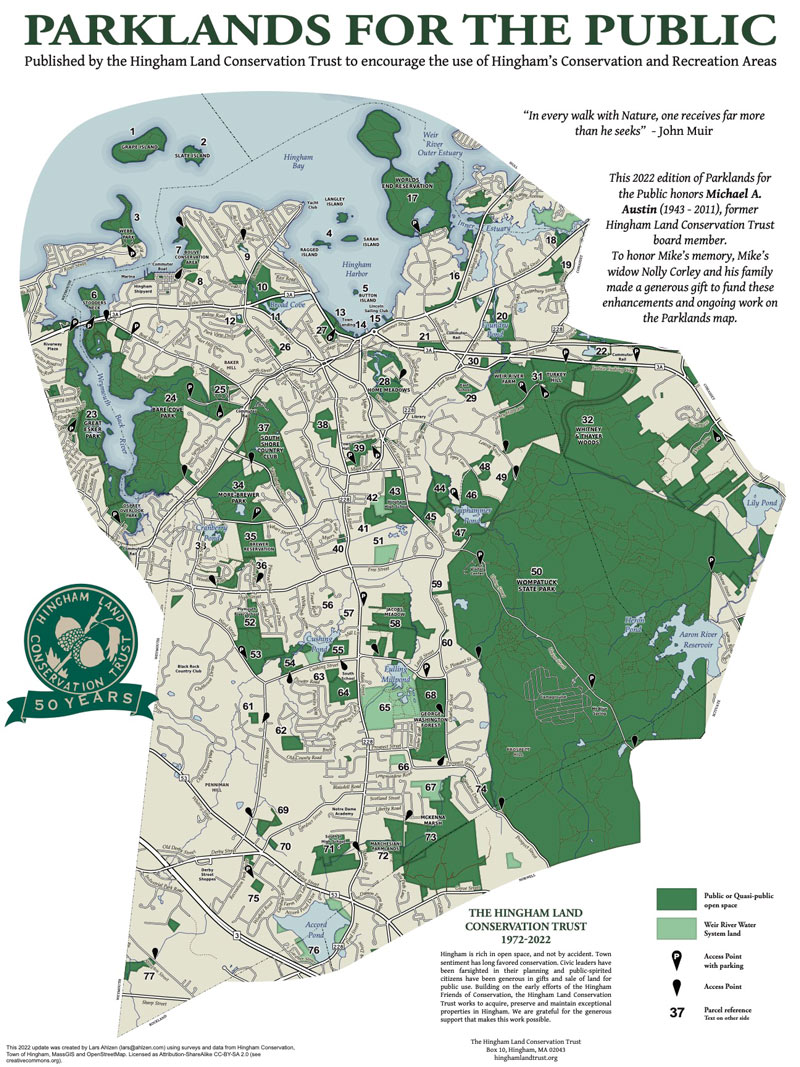John Brewer, became owner of the land in the 19th century. He built a mansion here in 1856 and established a farming estate. Over the next 30 years, he acquired most of the peninsula’s 400-plus acres. He made plans to build a 163-house residential subdivision (designed by Frederick Law Olmsted, the father of American Landscape Architecture) in 1890. The carriage roads were constructed, and trees were planted. The homes were never built, but some of the carriage roads are still in place. The property was also strongly considered as a location for the United Nations Headquarters in 1945, and a nuclear power plant in 1965, but these proposals were never implemented.
In 1967, thanks to the tremendous local commitment and fundraising efforts, The Trustees of Reservations (TTOR) and dedicated residents of Hingham and surrounding communities were able to preserve this special place.
The largest property in Boston Harbor Islands, World’s End and its 4.5 miles of Olmsted’s well maintained carriage paths and footpaths draw many on weekends to enjoy the fields, which are attractive to butterflies and nesting birds. In addition to the fields and birds there are woodlands, rocky shorelines, drumlins, marshland and granite ledges and plenty of red cedar and blueberry bushes. The drumlins and cliffs offer beautiful views of the surrounding waters and the Boston skyline.
Planters Hill is crowned with three rings of trees and a circular path. A flat grassy area stands on the top of the hill. From the summit there are views in four directions: south, across the sprawling fields of World’s End; west, to Hingham Harbor and the wooded, suburban towns; east, beyond the rocky bayside cliffs to hundreds of cottages along the narrow arm of the Hull peninsula; and north, to Boston, the Harbor Islands, and Massachusetts Bay.
The 3.1-mile drumlins walk follows the cart paths that pass near the top of the four drumlins.
Access – Guests must pay a fee to visit the property or have a Trustee membership. Also parking must be reserved in advance. For more information go to:
thetrustees.org and click on “Admission and Hours.” An annual horseback riding permit is required for those riding horses.
To begin this 3.1 mile walk, from the parking lot, follow the path east and turn right onto Brewer Road, the main road. Brewer Road leads across a bridge over the inlet to Damde Meadows. Martin’s Cove and Hingham Harbor are on the left gooand Damde Meadows is on the right. Depending on the season and time of day you can observe fish swimming under the bridge and seabirds. Continue a short way on the road to an intersection with a path on the right. Continue straight on Brewer Road. At the fork after Pine Hill drumlin, stay right to ascend up the Planter’s Hill loop. Walk up the loop path in a counterclockwise circle to the top of the drumlin. Enjoy the scenic views of World’s End, surrounding waterways and distant land. Near the top of the drumlin, you will also see several memorial benches and markers. At the end of the Planters Hill Loop, turn right on Brewer Road and follow the cart path to the isthmus. Cross the isthmus, and continue on the cart path to the second left turn to the top of the larger of the World’s End double drumlins. Continue to the right down the cart path through the valley then go left at the fork to make a counterclockwise loop of the smaller of the double drumlins. Upon meeting the valley cart path, turn left and follow the cart path to the right, up the hill. Then go straight past the larger drumlin and back to the isthmus. After recrossing the isthmus stay left, and walk uphill with Planter’s Hill on your right and fields on your left. At the next fork continue right on Barnes Road with Planter’s Hill and Pine Hill on your right and Damde Meadows on your left. Turn left at the end of Barnes Road and cross the bridge back to the parking lot.

Recommended Trail Activities: Running, Walking, Hiking, Road Biking, Trail Biking Length: 3.1 miles Route Type: Road (Wide) Difficulty (Grade/Surface): Moderate Parking: Adequate Dog Restrictions: Leash Required Ancillary Activities: Cross-country skiing, Snowshoeing, Horses (permission may be required), Birding, Boating, Fishing (license may be required), Picnic, Historic Sites
